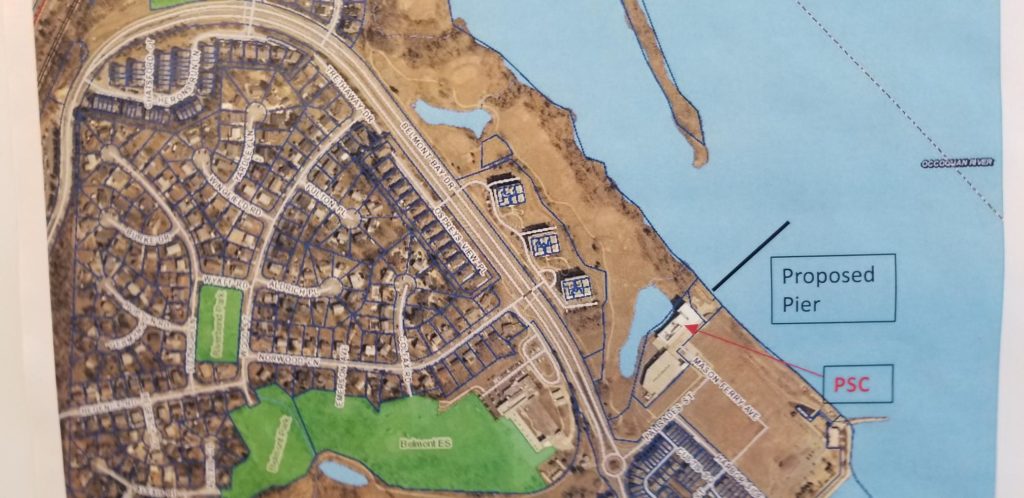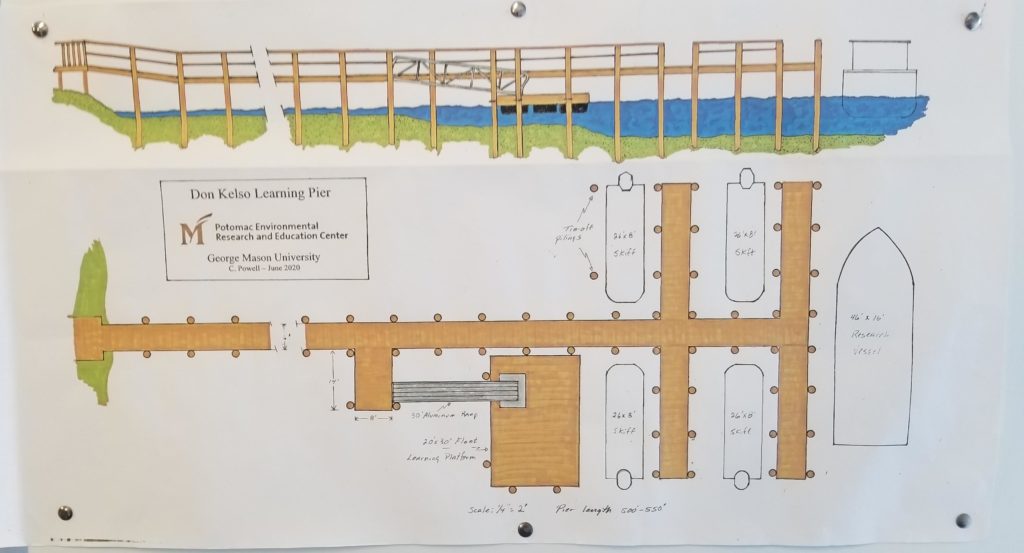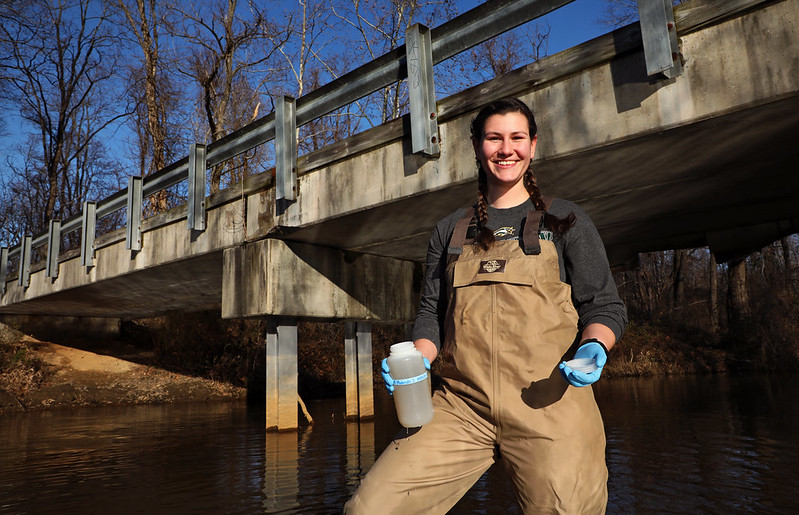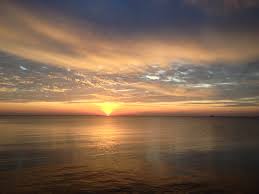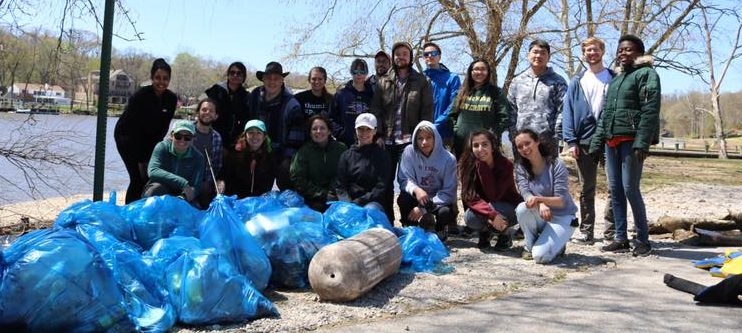Written by Wren Bell, class of 2022
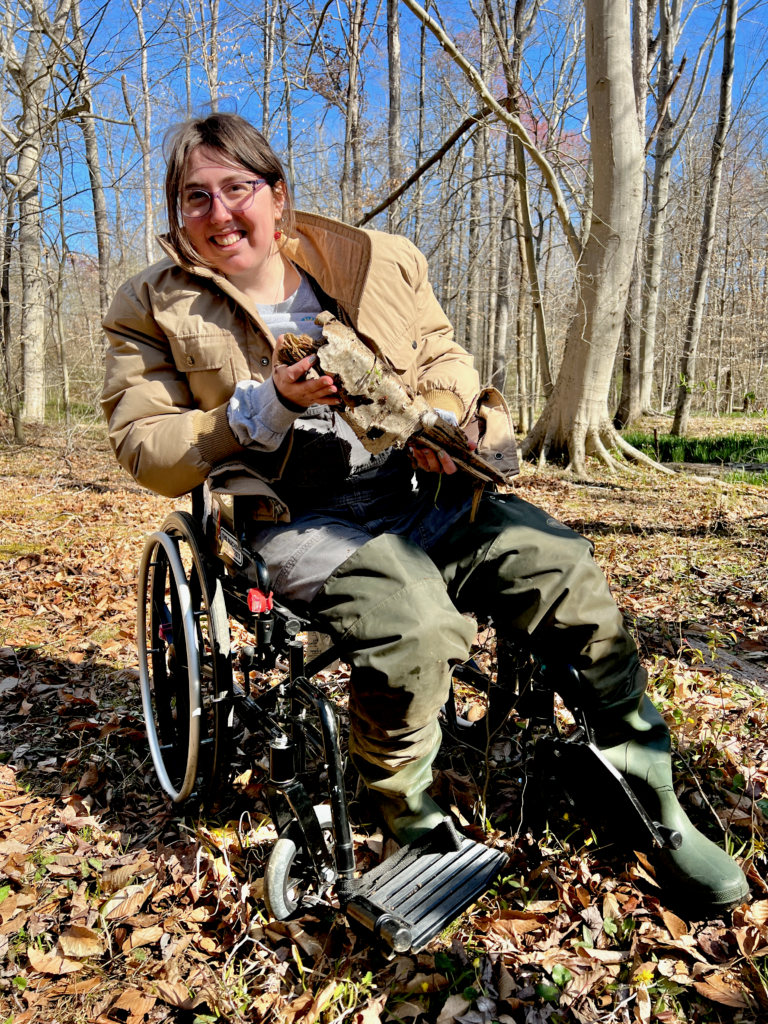
Hi, my name is Wren Bell and I graduated from Mason in December 2022 with a major in environmental science and policy concentrating on ecological science with minors in conservation studies and computer science.
I first got interested in stream ecology when we watched a video showing a stream scientist standing in waders, chest deep in the stream, in Dr. Smith’s Biomes and Human Dimension’s class. She said, “This is my lab, in the water” and I said to myself “That’s what I want my future to be” After that, I took Dr. Fowler’s Aquatic Invertebrate Ecology class, and that confirmed for me that I wanted work with these amazing organisms. Our class went out to Cape Charles where we collected red algae, and it had a diversity of invertebrates like isopods, crabs, and worms living on it. It was like each piece had its own tiny ecosystem. It was such a great experience to see how much life is actually out there and even the tiniest creatures need to be protected. They are such foundational parts of our ecosystems that most people don’t ever think about. In my microbiology class with Dr. Salerno, we swabbed random areas in our building and put it on streak plates. It was so cool to use techniques that can highlight so much life that is invisible to our eyes.
I am now working for Prince William County’s Watershed Management Division as a field technician. We go out and monitor restored and unrestored streams, looking at macroinvertebrates, structure, stream chemistry, and sometimes we do wetland delineations. Using professional equipment, meeting with county stakeholders, and getting paid to play with bugs, is just so awesome!
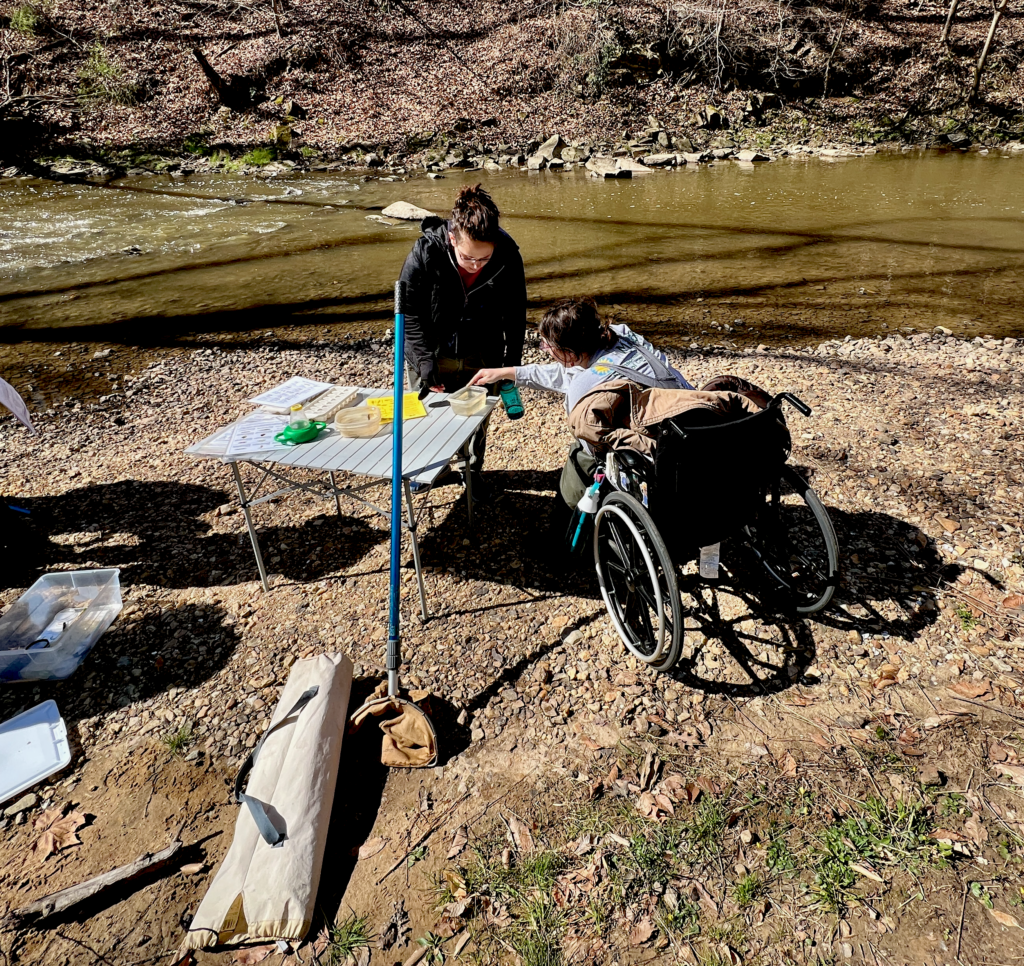
When I was a kid, we didn’t learn much outdoors or have programs like PEREC’s Meaningful Watershed Educational Experience, with whom I’m also working with part-time. I want kids to know how amazing the earth is, and that they too can get paid to do stuff in the streams and not all jobs require sitting in an office all day.
Also, I’ve always advocated for people with disabilities, especially people like me who rely on mobility devices to get around. I want them to see me doing this job. I am very visible with my disability because I feel fortunate to have the opportunity to work in these fields. Because I’m an ambulatory wheelchair user, which means I can still walk, I do not always need my wheelchair. This gives me the privilege and access to many opportunities that would ordinarily be closed off to a full-time wheelchair user. I want others to know that they too can be a scientist or ecologist, regardless of physical ability. I am working to make these jobs more accessible for everyone and spread awareness that disabled people are still extremely valuable to the environmental movement. Workplaces not only need to make their positions accessible to those with disabilities but be openly welcoming to them as well. I’ve talked with many disabled people who feel like environmental science is completely inaccessible to them, despite their passion and interest. But there are so many ways to get involved that can be tailored to your specific needs and limitations.
You don’t have to be able to run a long distance or trek through a mountainside to be an environmentalist. The only requirement is passion.


